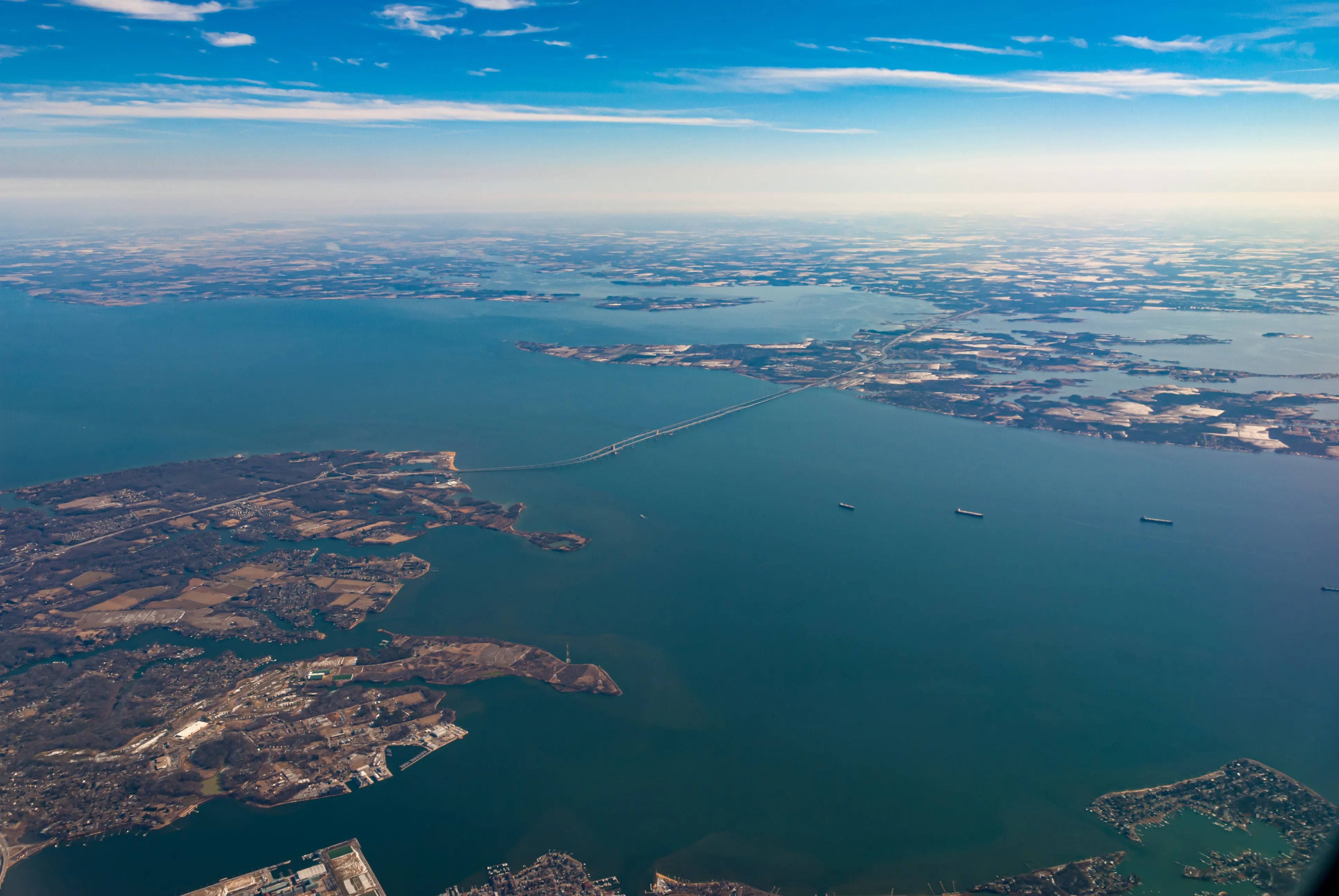
 Kyle Brumfield, a visiting postdoctoral associate at the University of Maryland Institute for Advanced Computer Studies (UMIACS), published an article in Scientific American describing his work to track Vibrio bacteria in Maryland’s Chesapeake Bay.
Kyle Brumfield, a visiting postdoctoral associate at the University of Maryland Institute for Advanced Computer Studies (UMIACS), published an article in Scientific American describing his work to track Vibrio bacteria in Maryland’s Chesapeake Bay.
The bacteria—which can cause diarrhea, cramping, nausea, flesh-eating infections and even death—used to primarily be found in hotter coastal areas, but is making its way north due to climate change. Humans can get sick from Vibrio by eating infected seafood such as oysters, unwittingly swallowing a mouthful of ocean water or exposing an open wound to the sea.
Collaborating with researchers in the University of Maryland School of Public Health, Brumfield’s team found that the annual rate of vibriosis cases between 2013 and 2019 was roughly 40% higher in Maryland compared to the period from 2006 to 2012. Hospitalizations also increased by approximately 60%.
“As climate change transforms coastal ecosystems, Vibrio health risks will last longer, affect a broader geographic range and impact more people every year,” explains Brumfield.
Now his team, including Distinguished University Professor Rita Colwell, is developing predictive computer models—that rely on data like temperature and salinity—to forecast the risk of coming into contact with Vibrio bacteria in the Chesapeake Bay. Their goal is to devise a Vibrio alert system, much like the “red flag” system municipalities use to warn swimmers of dangerous surf.
Read the full story.